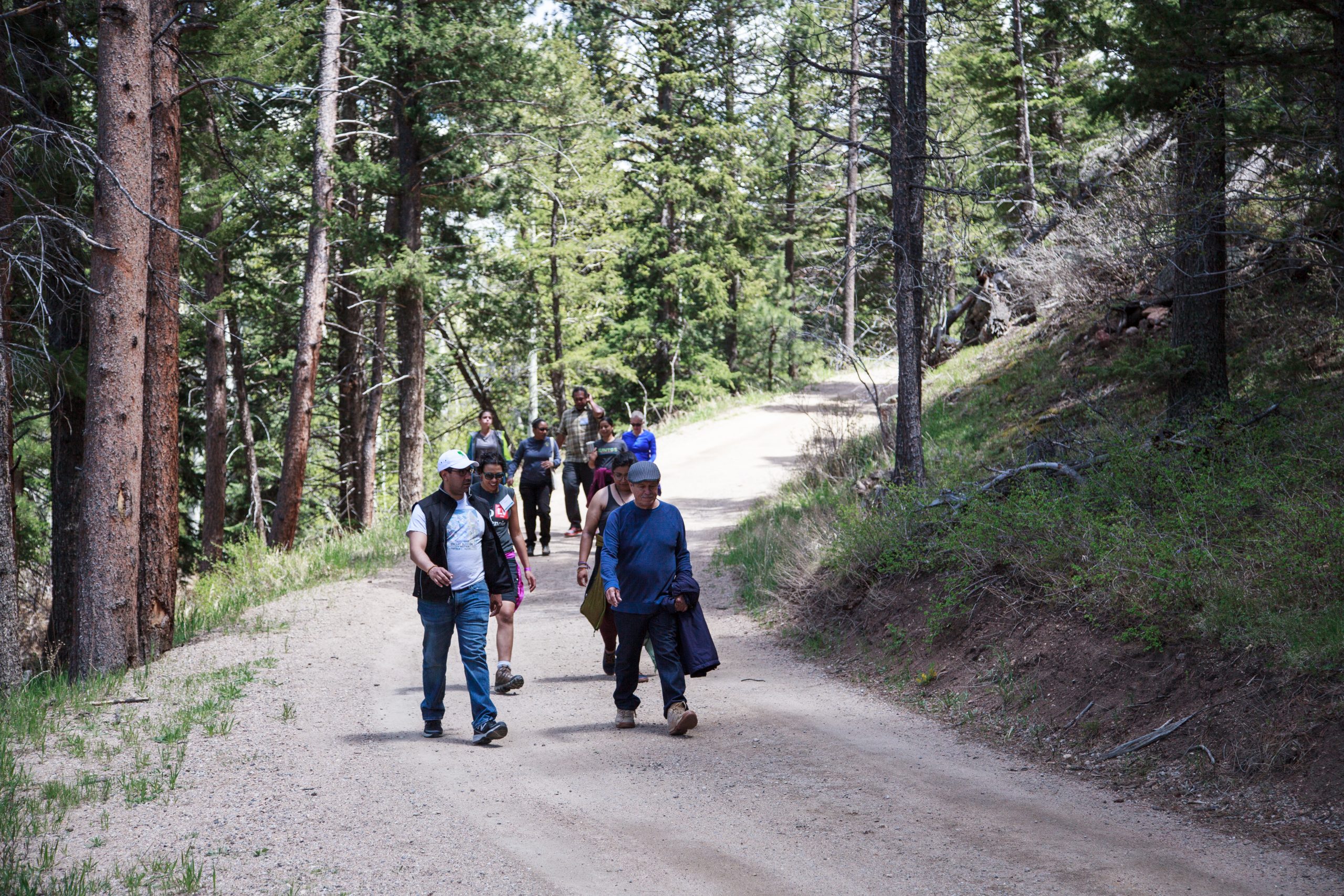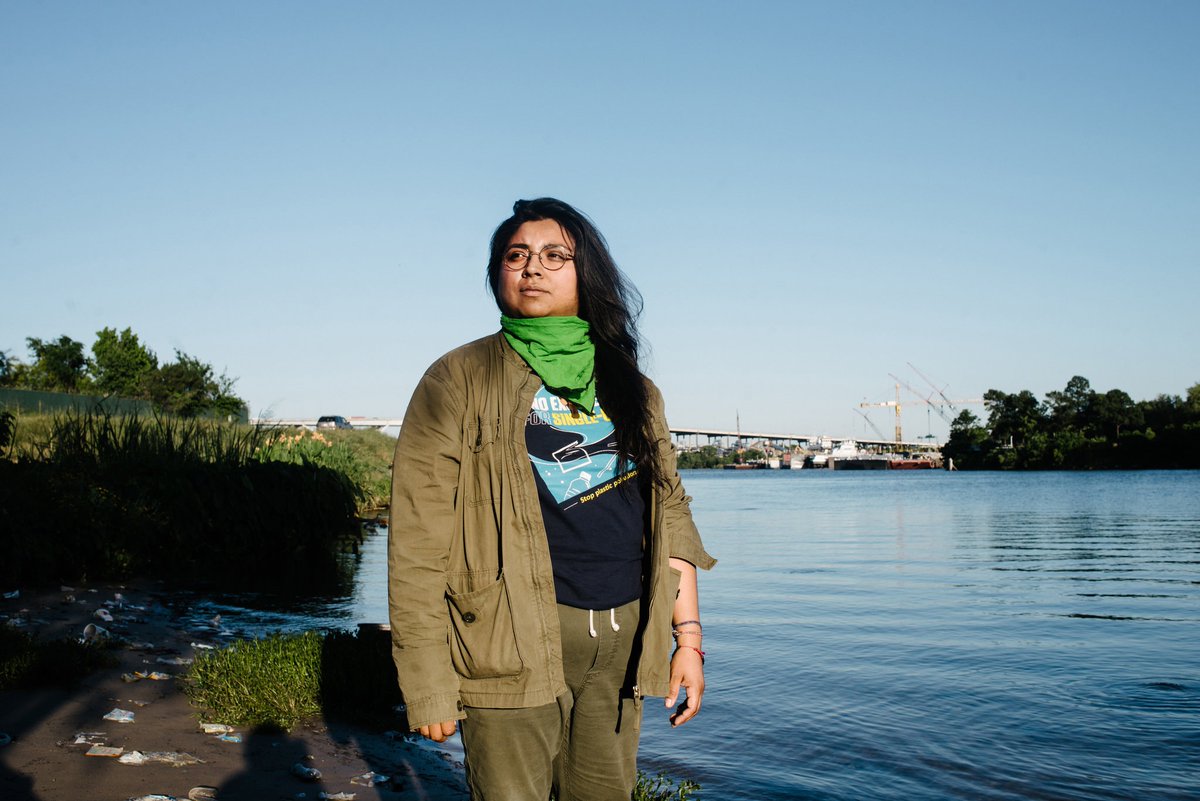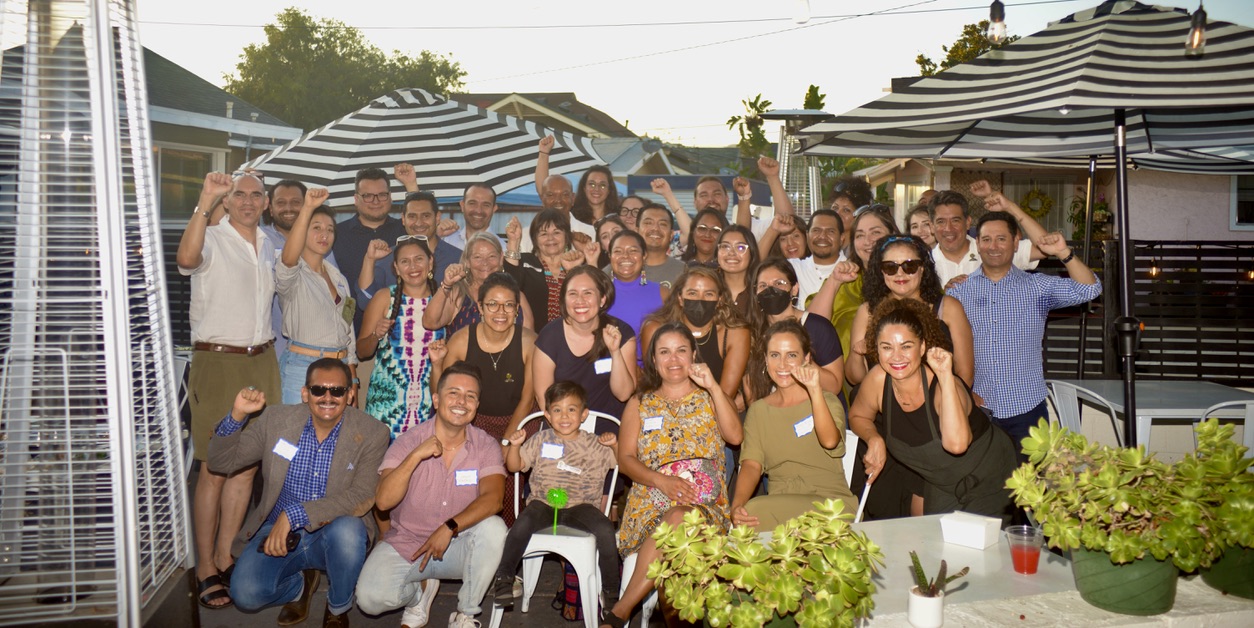Confronting the Nature Gap and Creating Opportunity for la Comunidad Latina
Since forming in 2008, the GreenLatinos community has prioritized nuestra cultura de conservación through advocating for our public lands.
Our public lands connect people to nature, provide essential public health benefits including clean air, water, and places for cultural celebration, and serve as critical habitat for our wildlife relatives. Heritage site recognition and interpretive signs on our public lands ensure all cultures are represented and recognized for the important roles they have always played and will continue to have in the development of the United States. Through public land administration careers and stewardship opportunities, it is critical that our Latino/a/e communities are represented and active in public land stewardship.
However, public lands in the United States do not currently reflect the various cultural histories of the nation. Latine communities are disproportionately underrepresented:
-
Only 24 of the more than 400 National Park sites specifically preserve Latino/a/e history.
-
There are 190 Latino heritage sites out of the nearly 96,000 sites in the National Historic Register that are managed by the National Park Service.
-
There is little evidence that any of the 1,000 marine protected areas preserve Latino/a/x history and stories.
As such, the GreenLatinos community is petitioning Congress to fully and robustly fund the U.S. Department of Interior to better steward and represent Latino heritage sites, and hire a diverse public land administration workforce.
Throughout the 118th Congress, GreenLatinos has submitted two written testimonials to the House and Senate Appropriations Committees, and convened 25 community organizations to submit a community letter to Congressional leaders for the necessary investments at Interior for our environmental liberation.
Now, perhaps more than ever, Latine communities need a healthy and resilient environment. Our communities increasingly experience extreme heat, flooding, drought and the worst air and water pollution in the country. While the climate crisis and ecological collapse threaten global stability, our communities suffer disproportionately. These compounding environmental injustices and the lack of Latino heritage sites is emblematic of the Nature Gap, a disproportionate lack of access to nature and its public health benefits.
To resolve these outstanding environmental and racial injustices, the U.S. must equitably conserve 30 percent of our nation’s lands and waters by 2030, protect endangered species, and adapt land management to climate change. Yet virtually all agencies charged with reaching these missions are understaffed and underfunded to do so.
Meeting these environmental goals will require an expanded workforce which presents a challenge and opportunity for U.S. Department of Interior agencies. The challenge: the federal government, the nation’s largest public employer, has a workforce that is not reflective of our nation’s demographics.
-
6 of 11 agencies fall below the DOI average of 26.2 percent for workforce representation from race and ethnicity categories other than “White” or “Not Identified” in FY 2021
-
Of the 887,383 applications received for DOI job opportunities that were audited in FY 2021, 78.4 percent of the applicants were “White.” 81.6 percent of selected applicants in FY 2021 were “White”
This points to the severe underrepresentation of people of color at DOI and worsens the gender pay gap. Latinas make 54 cents to every dollar made by a non-Hispanic white male, highlighting the imperative for more career pathways in public land administration for our Latine communities. The federal government is directly responsible for alleviating this economic injustice by continuing significant investments in equitable hiring and career escalation opportunities for underrepresented employees at the U.S. Department of Interior.
Today, environmental stewardship and conservation is more prioritized and imperative than ever to secure thriving futures. We can fulfill previous federal commitments to ensure our federal workforce provides economic opportunity for Americans of every culture by sufficiently funding the U.S. Department of Interior to steward Latino heritage sites, and recruit, retain and elevate a robust workforce. Click here to read the full text of the GreenLatinos community letter to Congress undersigned by 25 of the nation’s leading Latine-led and serving organizations.




